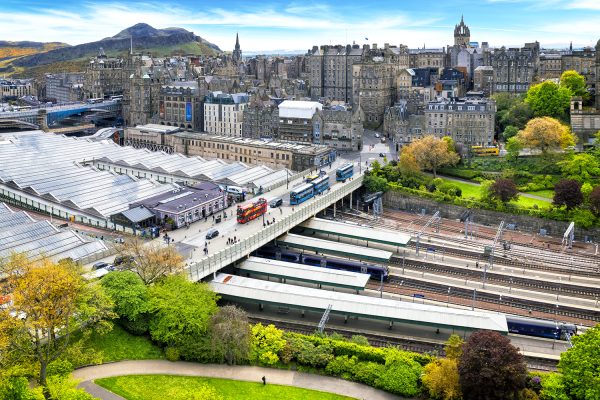
This week, the British government published its long-awaited and somewhat delayed review into the British railway network.
The proposals — putting infrastructure, timetables, fares and tickets back into government hands but allowing private companies to run the trains — are a step in the right direction, but they would keep the network in a twilight zone.
British rail is neither fully private nor fully public, despite the government and the Treasury in particular having control over many aspects of the railway. Accountability is murky. Industry fragmentation — 29 train companies, fifteen leasing companies — has only made it worse.
Debatable success
The network was privatized in a fragmented fashion in the 1990s. On the surface, this appears to have delivered much, from new trains to a doubling of passengers.
Critics point out that investments still came from the government, and that the passenger boom coincided with rising incomes, rising house prices in central cities and a growing awareness of the climate-friendliness of trains over cars and planes, making it debatable whether these were successes of privatization.
What is not in doubt is the complexity of British rail. The track and stations are owned by a government body. The trains are owned by leasing companies, and the companies which operate the trains bid every few years for the right to run the trains. This bidding has led to several scandals, such as operators inflating profits and then walking away when reality hits, and tender processes with only one “bidder”.
The nationalized rail system cost three times less per mile to run and required a tenth of the workers to manage than are employed today.
For passengers, a simple mistake, such as getting on a train operated by a different company than your ticket allows, can incur thousands of pounds in fines. Every year brings “record-breaking fare increases” and overcrowding. Every ticket, or journey, has 55 million different price points or permeations, making it difficult to know if you have booked the cheapest and best ticket.
In 2018, the system collapsed when a new timetable was introduced. This led to pressure to commission the current review. The pandemic, which caused a 97 percent decline in train travel over the first lockdown, only added to pressure for reform.
Alternatives
For nationalization critics, and for those who are pro-privatization, the reforms don’t go far enough, and they are right.
Great British Railways will simplify the system and bring back unified branding and a “national” system of planning.
But it will also entrench the twilight zone British trains operate in: neither fully private, nor fully public, and thus accountable to no one, least of all the traveling public.
Talk of building back better, and transitioning the economy to slow down climate change, means the country has a window to be bold and bring the railways out of the twilight.
There are two options:
- A fully privatized and well-regulated system, where the companies control and run everything, on a regional model which served this country in its “golden era of rail” and similar to the often-praised Japanese network today.
- A nationalized, public corporation, run efficiently for a strategic combination of profit and wider societal benefit, at arm’s length from government control and influence as the former British Rail was. This is how many European rail networks, often envied by British commuters, are run.
Until one of these structures is chosen, the inefficiencies and weaknesses in the British rail network will not be addressed. It will continue to be seen by governments as a perennial cost center and by passengers as badly run and needlessly complex.
